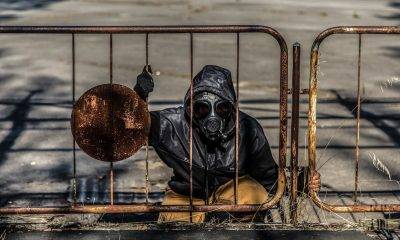Editorials
The Human Cost: The Devastating Toll of Nazi Medical Experiments
Let’s uncover some of the most terrible experiments conducted by the German army during the Nazi period inside the so-called concentration or extermination camps..
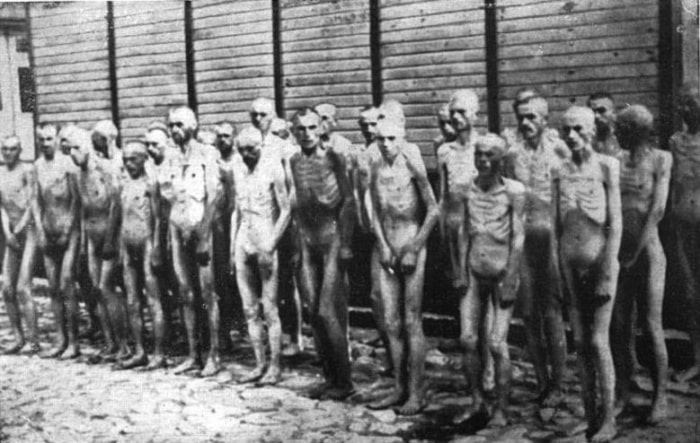
In the Nazi concentration camps, human experimentation was carried out using the prisoners as subjects. These experiments are considered cruel, and the doctors and administrators involved have been condemned for crimes against humanity. In many cases, the stated purposes were to test human endurance under extreme conditions or to test vaccine reactions. Unfortunately, the real purposes can be traced only to the perversion of the medical personnel.
Before reading this article you are warned, it contains graphic and hard-to-read topics that are nonetheless irreplaceable to successfully convey the real-life tragedies that are parts of one of the worst times in history – the holocaust, and that never shall be forgotten.
Decompression Experiments for High-Altitude Rescue
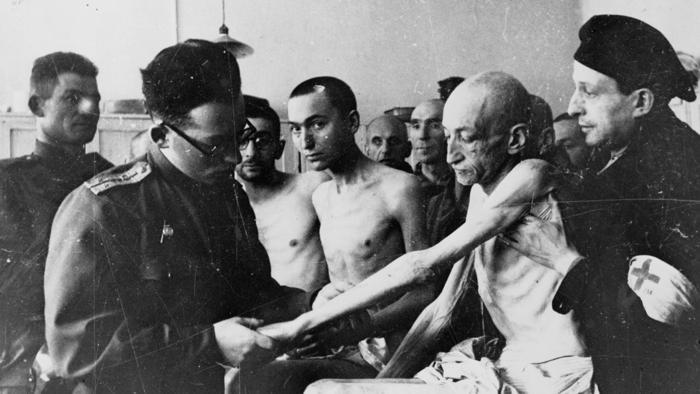
The goal was to study the possibility of saving subjects falling from great heights. The doctors aimed to answer questions such as: Can a person, who jumps out of an airplane with a parachute during flight or from an altitude higher than 10 km, survive? How long can a person endure the absence of atmospheric pressure they are naturally accustomed to? What are their physical reactions when atmospheric pressure is reduced, and ultimately oxygen is lacking? What are the consequences if they survive?
Dr. Sigmund Rascher, a senior physician in the Luftwaffe, played a leading role in this experimentation project. He had direct contact with Heinrich Himmler, who authorized him to proceed. These experiments were conducted on prisoners from the Dachau concentration camp. The deportees were confined in a room where atmospheric pressure was gradually reduced until there was a complete lack of oxygen. Using this method, they simulated the fall of a parachutist from 12-13 km height. The results aimed to verify or disprove various theories regarding rescuing a subject in free fall. At the end of the experiment, the bodies of the deportees were dissected. In some cases, individuals were still alive during the dissection.
Freezing Experiments
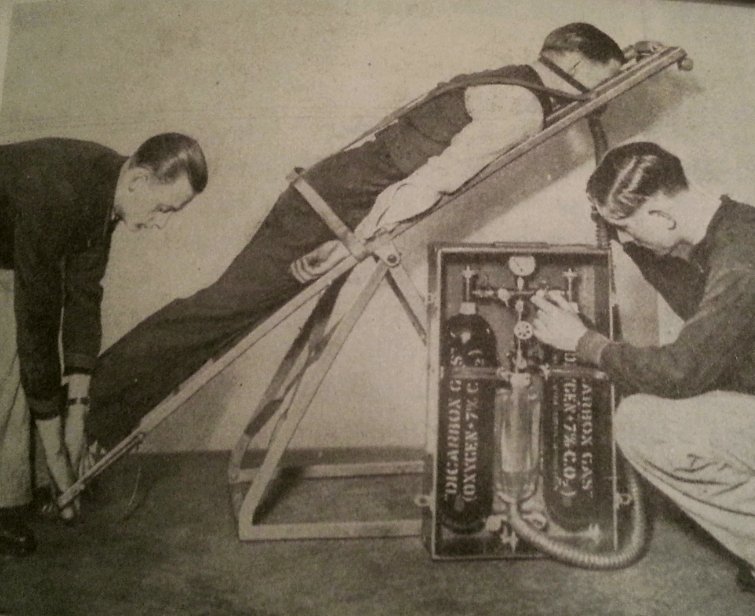
Freezing Experiments
The goal was to understand under which conditions a person who fell from a flying plane and landed in cold water could be saved. How long does it take for a person to die of freezing in cold water? Is there a possibility of revival after prolonged exposure to cold? If so, how, and what are the consequences?
The various possible consequences and chances of survival were reconstructed. Dr. Sigmund Rascher also played a crucial role in this experiment. Rascher-selected deportees who were later immersed in tanks of icy water (with the water initially at 5.2°C, decreasing to 4°C) for a prolonged period (up to a maximum of 95 minutes). When the deportees did not die in the tank (a relatively rare event), the doctors investigated whether the reanimation of hypothermic human beings was more successful through animal warmth or by using medicines and/or physical procedures. The body temperature of the recovered deportees ranged from 25°C to 29°C, but some medical documents report cases of deportees still being alive when their temperature dropped to 24°C. The victims were then placed on a bed and tied to one or two completely naked women who acted as human stoves for hours (sometimes days) to revive them. The survival rate was relatively high, but the prisoners suffered from cardiovascular disorders and other health-related issues afterward.
Sterilization Experiments
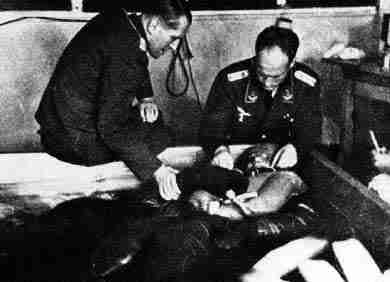
Sterilization Experiments
Sterilization experiments were carried out at Auschwitz in the notorious Block 10, primarily under the direction of Doctors Carl Clauberg and Horst Schumann. Some survivors of these experiments claim that artificial insemination experiments were also conducted, and the female prisoners were terrified of having monsters implanted in their wombs. However, there is no solid evidence to support these claims. The sterilization experiment involved injecting a caustic substance into the uterine cervix to block the Fallopian tubes. The subjects selected for the experiment were married women aged between twenty and forty, preferred were those who had already given birth. The injection was administered in three stages over several months, although some survivors recall undergoing five injections.
Clauberg was a renowned researcher and professional with a considerable reputation at that time. Notably, the hormone preparations Progynon and Proluton, developed by him to treat infertility, are still used today, as well as the “Clauberg Test” to measure the action of progesterone.
X-Ray and Surgical Castration Experiments
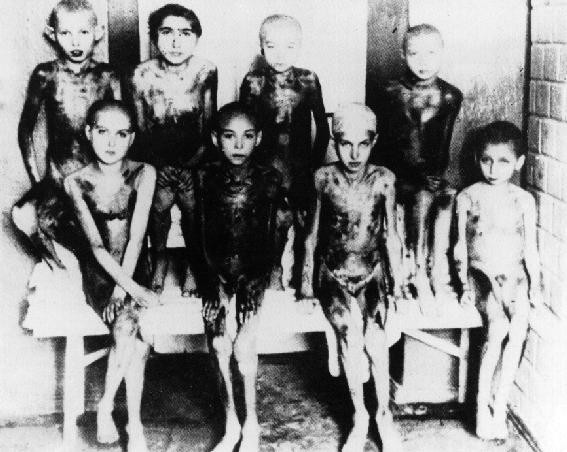
X-Ray and Surgical Castration Experiments
Experiments were conducted by Dr. Schumann, a physician, and director of the euthanasia center in Grafeneck. Viktor Brack, a high-ranking official in the Chancellery who was active in the T4 Program (the elimination of German disabled people), devised a sterilization procedure resembling an assembly line, operating “completely imperceptibly” from behind a counter. The unsuspecting victim was asked to fill out forms, a process intended to last for two or three minutes. The official sitting behind the counter activated the machine, which emitted a loud buzzing sound, simultaneously operating two X-ray thermionic valves (as the irradiation had to come from both sides). With a two-valve setup, approximately 150-200 people could be sterilized per day, and with twenty installations, up to 3000-4000 per day. This was Brack’s proposed idea, which aligned perfectly with the Nazi ideology. The experimental subjects (young and relatively healthy men and women aged just under or over twenty) were lined up in a waiting room and taken in one by one, often completely unaware of what was being prepared for them.
In the later, more complex version of the machine, the women were placed between two plates that compressed their abdomen and back; while the men had their penis and testicles placed on a special container. Schumann then operated the machine, emitting a strong buzzing sound, and the treatment lasted up to eight minutes. Many women experienced severe burns after the application, which could become infected, and many developed symptoms of peritonitis, including fever, severe pain, and vomiting. After X-ray exposure, the women’s ovaries were surgically removed and examined in the laboratory to determine the effectiveness of the X-rays in destroying the tissues.
The men didn’t have it any better. Besides experiencing scorching erythema around the scrotum, the victims’ accounts speak of the collection of their sperm and brutal prostate massage using pieces of wood inserted into the rectum. An operation was then performed to remove one or both testicles. The postoperative developments were disastrous and included bleeding, septicemia, and muscle weakness due to the wounds, resulting in the rapid death of many, while others were sent to perform labor that would lead to their demise in a short time.

